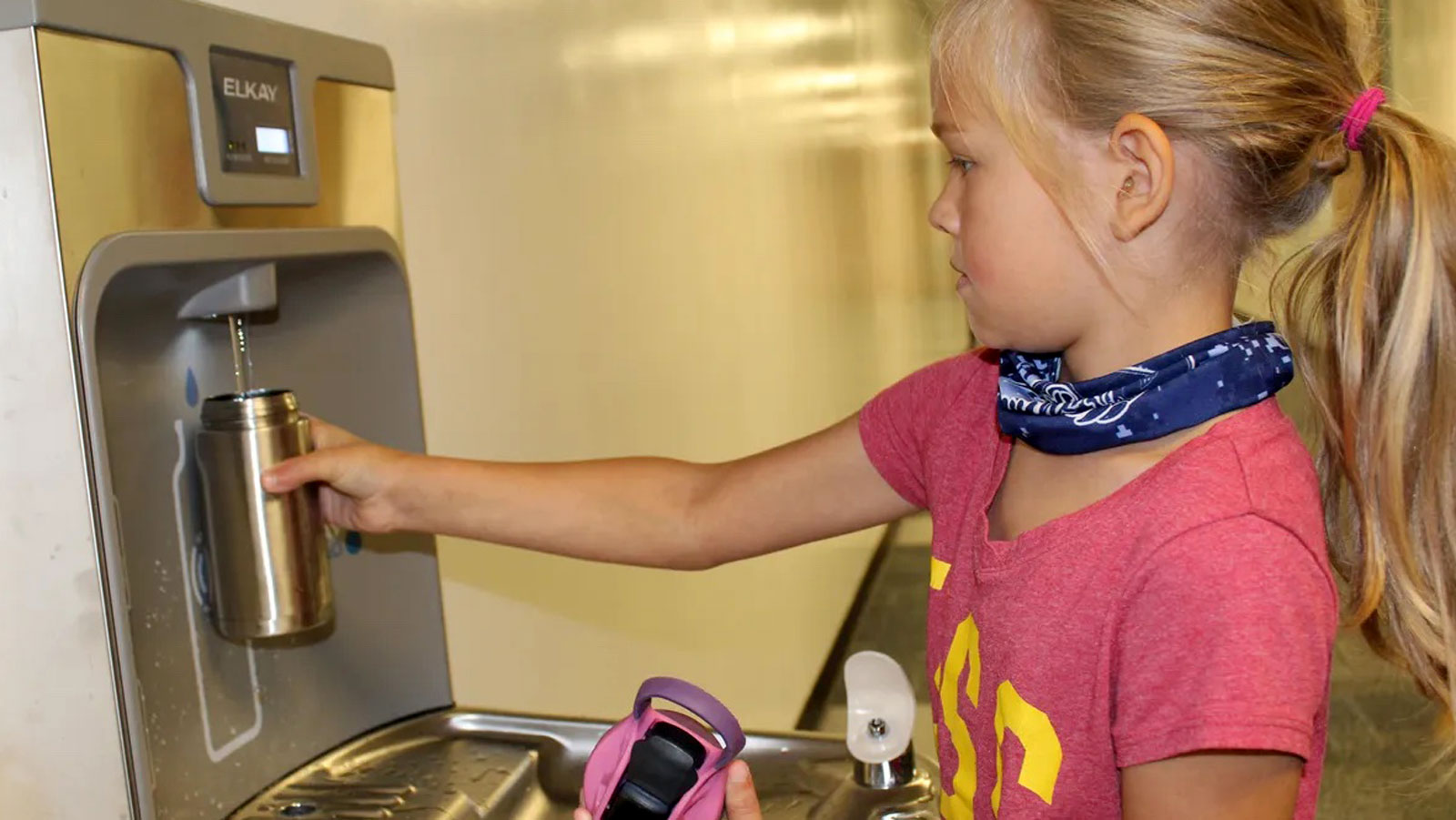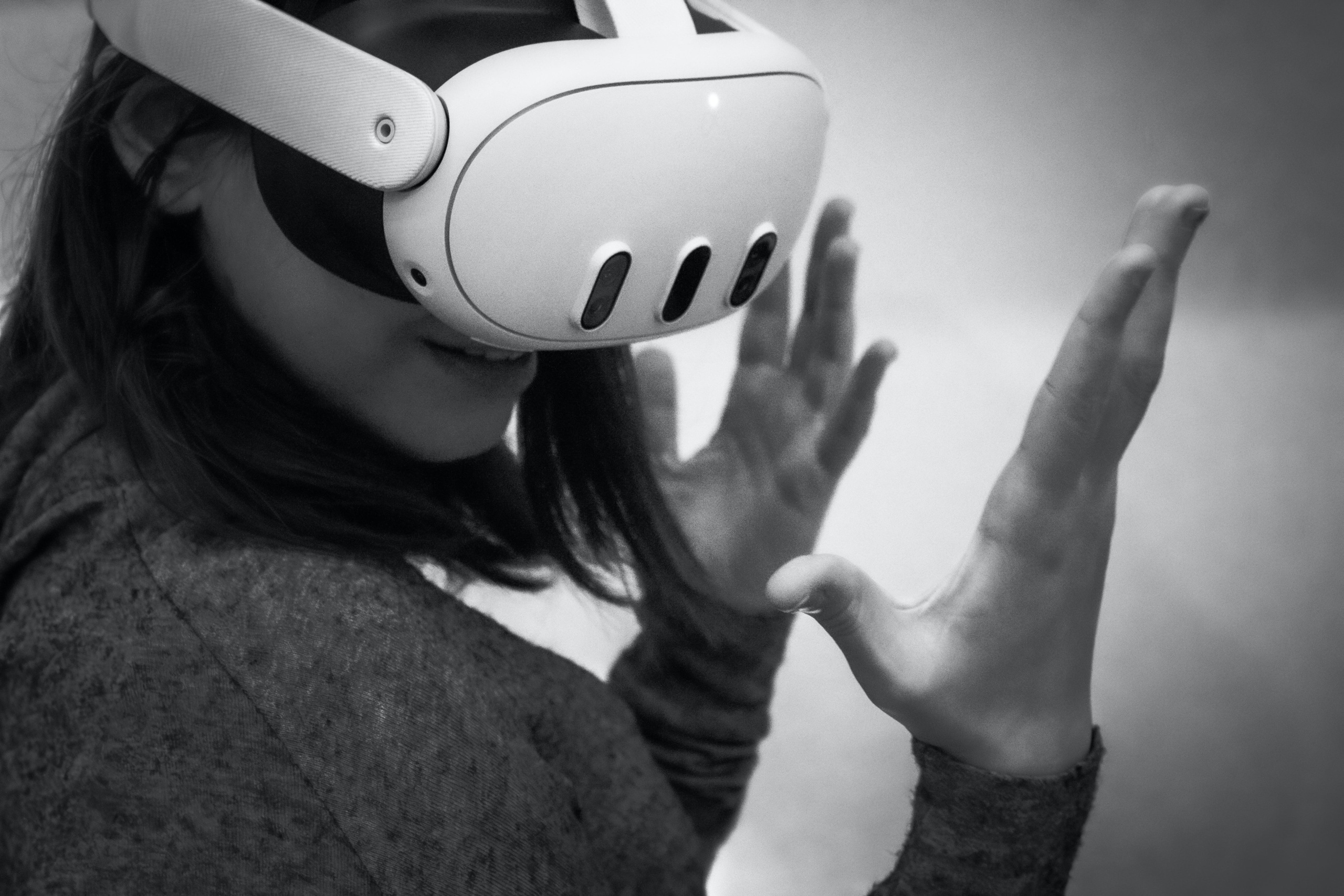
Toxic Baby Furniture
The Latest Case for Making Products Safe from the Start
To evaluate the potential dangers children face, Maryland PIRG Foundation purchased 21 products intended for use in a baby’s nursery and hired a professional laboratory to test them. Six of the products produced high levels of formaldehyde vapor. In particular, several brands of cribs and changing tables emit formaldehyde at levels linked with increased risk of developing allergies or asthma.
Downloads
Maryland PIRG Foundation
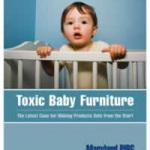
Furnishings containing formaldehyde – a toxic chemical linked with allergies, asthma, and cancer – can contaminate indoor air within Maryland homes. Babies and young children are particularly vulnerable to harm.
To evaluate the potential dangers children face, Environment California Research & Policy Center purchased 21 products intended for use in a baby’s nursery, hired a professional laboratory to test them and shared their results with Maryland PIRG Foundation for use in this report. Six of the products produced high levels of formaldehyde vapor. In particular, several brands of cribs and changing tables emit formaldehyde at levels linked with increased risk of developing allergies or asthma.
To protect children from formaldehyde and other chemical hazards, Maryland should adopt a new approach to chemical regulation, encouraging manufacturers to design products that are safe from the start.
Many baby nursery furnishings emit formaldehyde.
• Of the products tested, the Child Craft Oak Crib emitted the largest amount of formaldehyde. The crib includes a drawer made from composite wood, which is often manufactured using formaldehyde- based glue.
• Other products with high formaldehyde emissions included the Bridget 4-in-1 Crib by Delta, the Kayla II Changing Table bySouth Shore Furniture, and the Rochester Cognac Crib by Storkcraft.
• The remaining 15 products tested – including the Olympia Single Crib by Jardine Enterprises; several wastebaskets, lamps, and shelves made with composite wood; and several window valances and wall hangings – emitted relatively low amounts of formaldehyde. A baby sleeping in a nursery furnished with a high-emission crib and changing table may face an increased risk of developing allergies and/or asthma.
• A new single-family home furnished with only a Child Craft Oak Crib and a Storkcraft Kayla II Changing Table would have indoor formaldehyde levels of about 30 ppb on average throughout the whole house. A less spacious unit in a new apartment building would have indoor formaldehyde levels as high as 52 ppb. (See Table ES-1.) These estimates exclude any additional formaldehyde emissions from building materials or other pieces of furniture within the home.
• Studies have shown that chronic exposure to formaldehyde at levels greater than 16 ppb in indoor air is linked with an increased likelihood of respiratory symptoms (such as coughing)and/or allergic sensitization in children. Indoor formaldehyde levels greater than 50 ppb have been associated with an increased risk of diagnosed asthma.
• Formaldehyde appears to have a large impact on children’s
respiratory health. For example, in one study, 16 percent of children in homes with formaldehyde levels less than 16 ppb had diagnosed asthma,while 44 percent had asthma in homes with indoor formaldehyde concentrations greater than 40 ppb.
• Moreover, contamination levels could be higher close to the source of emissions. For example, in a lightly ventilated nursery furnished with a Child Craft Oak Crib, formaldehyde levels could be as high as 75 ppb. Formaldehyde exposure could be even higher for an infant actually sleeping in the crib, very close to the source of emissions.
Topics
Find Out More

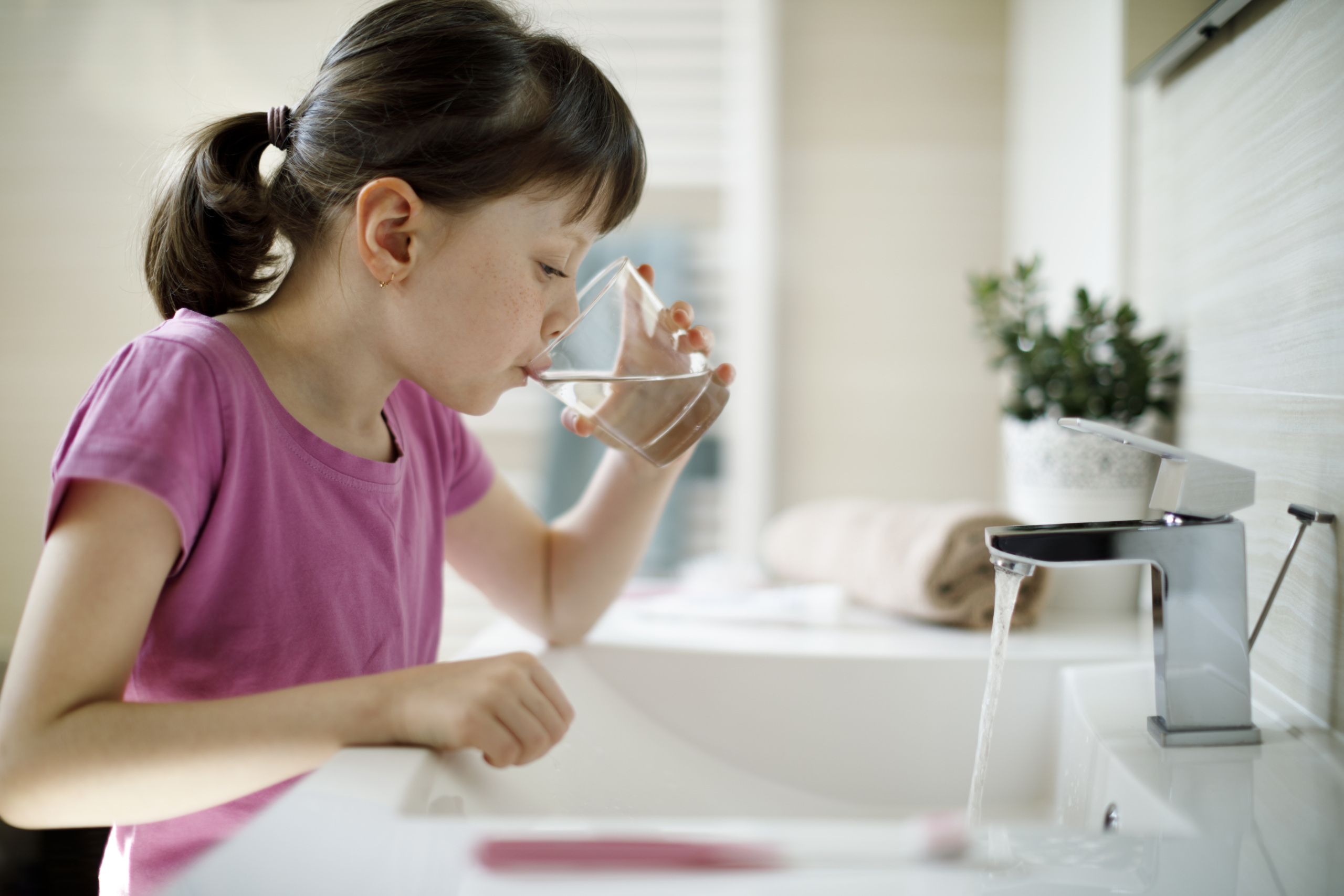
The Threat of “Forever Chemicals”
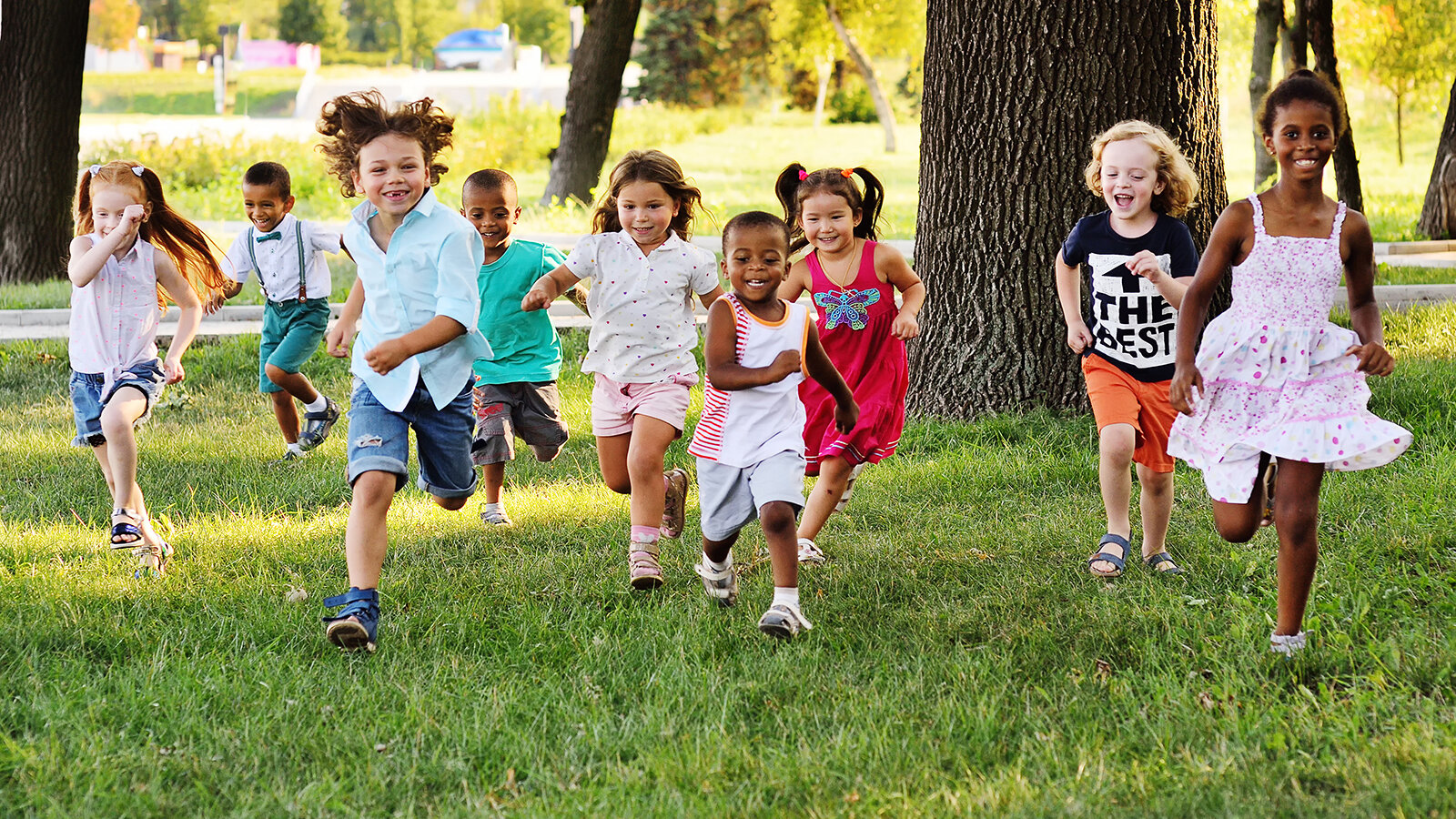
Green schools guide
